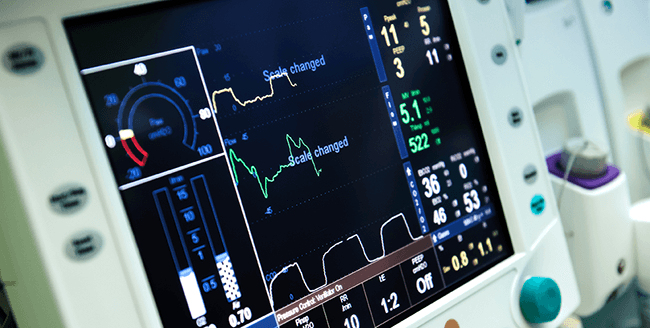In order to find potential solutions to this issue, respiratory muscle training (RMT) has undergone a number of tests. In the study we’ll be discussing in this blog post, RMT was tested in children with neuromuscular disease as a means to preserve respiratory function. Let’s take a closer look at the study below.
Key Findings
- Respiratory failure is a common cause of death in patients with neuromuscular disease (NMD).
- Both inspiratory and expiratory pressure decline during disease progression and lead to respiratory complications.
- 6 months of resistive respiratory muscle training (RMT) improved respiratory muscle strength and respiratory load perception in children with muscular dystrophy.
- The effect of RMT was still measurable after 12 months.
Patient Impact
RMT effectively improves respiratory muscle strength and load perception in children with NMD.
Study Methods
The study assessed the maximal static inspiratory (PImax) and expiratory pressure (PEmax) as well as respiratory load perception (RLP) in children with Duchenne Muscular Dystrophy (DMD) or spinal muscular atrophy (SMA) type III. The study took course over a period of 12 months, and the aforementioned variables were measured at a few different times, including before and after 6 months of RMT with resistive inspiratory and expiratory loads. The long-term effect of RMT was evaluated by measuring PImax, PEmax and RLP after 12 months.
Study Results
Respiratory muscle strength significantly increased with respiratory muscle training in children with DMD and SMA, as both PImax and PEmax were increased. RMT also significantly reduced RLP, and the effect was still present after 12 months.
RMT significantly improves respiratory muscle strength and reduces RLP with a long-term effect. RMT could therefore support and help preserve respiratory function and well-being in children with NMD. Further studies are needed to show whether RMT can reduce respiratory morbidity

0 Comments